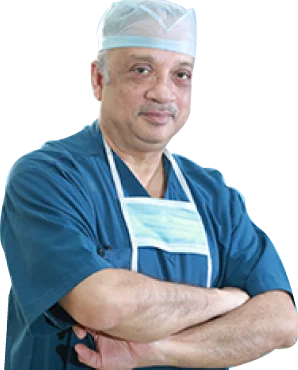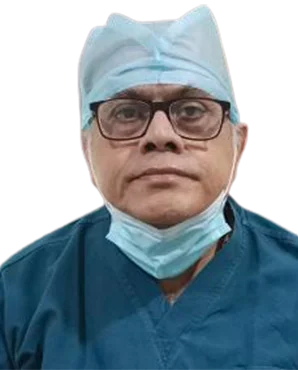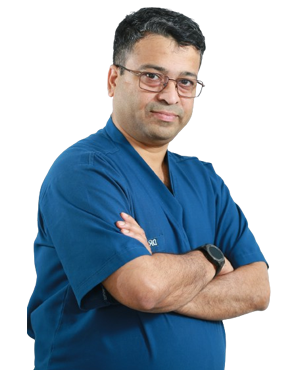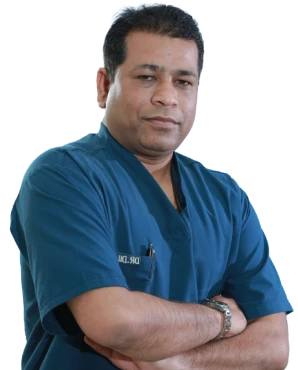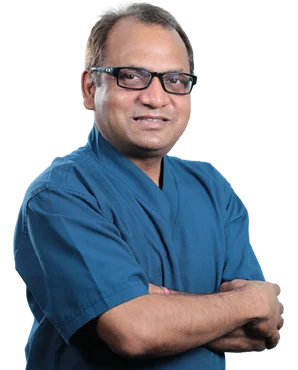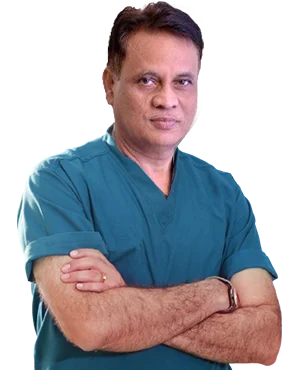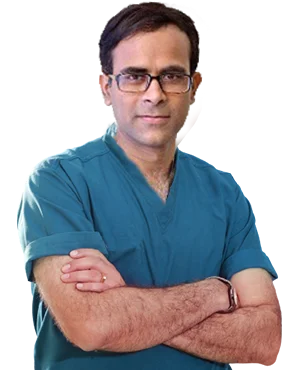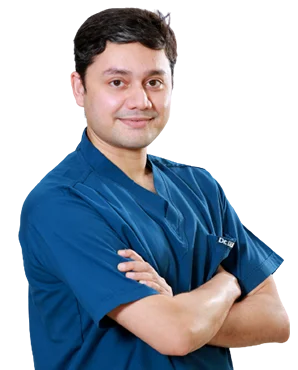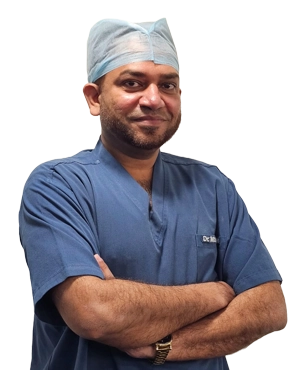If the inner layer of the aorta (the main artery branching of the heart) tears, it results in a serious condition called aortic dissection. This causes the blood to surge through the tear, causing the inner and middle layers of the aorta to dissect (separate). If the blood filled channel ruptures through the outside surface of aortic wall, this condition can be fatal.
Though aortic dissection is comparatively uncommon, the condition is more likely in men during their 60s and 70s. Due to absence of any specific symptoms, diagnosis is usually delayed. However, if aortic dissection is detected early and treated immediately, the possibility of survival improves.
Symptoms
The symptoms often mimic those of other heart problems, like heart failure.
- Sudden chest pain or upper back pain, radiating to the neck or down the back
- Sudden severe abdominal pain
- Shortness of breath
- Loss of consciousness
- Difficulty speaking
- Loss of vision
- Paralysis of one side of the body (similar to a stroke) or weakness
- Weak pulse in one arm or thigh
- Leg pain
- Difficulty walking
- Leg paralysis
Causes
This condition occurs in the weakened area of the aortic wall. The aortic tissue becomes more susceptible to tearing when it is stressed by chronic high blood pressure. Some people are born with a condition associated with a weakened or enlarged aorta, such as Marfan syndrome, bicuspid aortic valve or other rarer conditions associated with weakening of the walls of the blood vessels. In very few cases, aortic dissections are caused by traumatic injury to the chest area.
Type A – Usually more common and dangerous, this kind includes a tear within a part of the aorta at the exit point of the heart or a tear in the upper aorta which sometimes may extend to the abdomen
Type B – This kind involves a tear only in the lower aorta which may also reach the abdomen
Risk Factors
- Hypertension (uncontrolled high blood pressure)
- Atherosclerosis (hardening of the arteries)
- Aortic aneurysm (bulging and weakened artery)
- Bicuspid aortic valve (aortic valve defect)
- Aortic coarctation (a condition in which the aorta narrows down at birth)
Certain genetic abnormalities like:
- Turner’s syndrome – High blood pressure, heart problems and variety of other health conditions
- Marfan syndrome – A condition in which the connective tissue (which support various structures in the body) is weak.
- Ehlers-Danlos syndrome – A group of connective tissue disorders which leads to skin bruising easily, loose joints, fragile blood vessels
- Inflammatory/Infectious conditions – These include inflammation of arteries and syphilis (a sexually transmitted infection)
Other potential risk factors include:
- Sex – Men are at higher risk of aortic dissection
- Age – Aortic dissection peaks in between 60s and 80s
- Drugs – Certain drugs like cocaine can increase the risk
- Pregnancy – This is a time when women are susceptible to aortic dissection
- High-intensity weight lifting – This can increase the risk by increasing blood pressure during activity
Complications
An aortic dissection might lead to:
- Death by severe internal bleeding
- Organ damage like kidney failure or intestinal damage
- Stroke
- Aortic valve damage
Prevention
- Control your blood pressure
- Don’t smoke
- Maintain a healthy weight
- Get regular check-ups
Diagnosis
Symptoms of aortic dissection are similar to those of other heart problems, Doctors, however, suspect the condition when:
- Patient experiences sudden tearing or ripping chest pain
- X-ray shows widening of the aorta on chest
- There is a blood pressure difference in left & right arms
More sensitive imaging procedures to detect an aortic dissection include:
1) Transesophageal echocardiogram (TEE) – In this procedure, high pitched sound waves are used to produce an image of the heart. The procedure involves inserting an ultrasound probe through the esophagus and placing it close to the heart, to provide a clearer picture of the heart than a regular echocardiogram.
2) Computerized tomography (CT) scan – This procedure generates X-rays to produce cross-sectional images of the body. A CT of the chest helps to diagnose an aortic dissection with an injected contrast liquid which makes the heart, aorta and other blood vessels more visible on CT pictures.
3) Magnetic resonance angiogram (MRA) – An MRI takes pictures of the body using a magnetic field and pulses of radio wave energy. This technique is used to look at blood vessels.
Treatment
An aortic dissection requires immediate treatment. Depending on the area of the aorta involved, therapy may include medications or surgery.
Treatments for Type A aortic dissection:
- Medications – Some medications like beta blockers and nitroprusside lower blood pressure and reduce heart rate, which can prevent the aortic dissection from worsening. These medications are also used to stabilize blood pressure before surgery.
- Surgery – The dissected aorta is removed as much as possible, the entry of blood into the aortic wall is blocked and the aorta is reconstructed with a graft (synthetic tube). If the aortic valve leaks due to a damaged aorta, it may be placed at the same time. The new valve is placed within the graft that is used to reconstruct the aorta.
Treatments for Type B aortic dissection:
- Medications – Medications are mostly same as the ones used to treat Type A aortic dissections
- Surgery – The procedure is similar to that of Type A aortic dissection. In some cases stents may be placed in the aorta to repair such aortic dissections
Post treatment, you may need to take blood pressure lowering medications for life. In addition, you may need follow-up CTs or MRIs to monitor your condition periodically.
Seek immediate medical help if you have signs or symptoms like chest pain, fainting, sudden loss of sensation or the symptoms of stroke.


